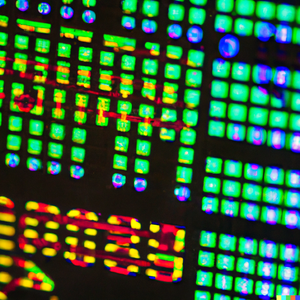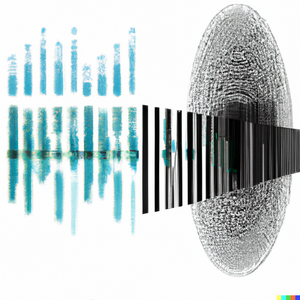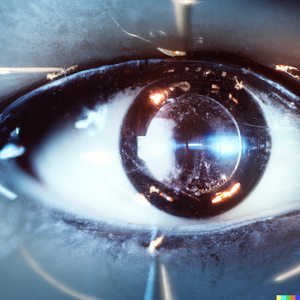Taught Under Graduate Courses
Digital Signal Processing TEL 301

- Discrete–time signals and systems.
- Sampling and Quantization effects.
- Fourier Transform: properties and applications.
- Ζ–Transform: properties and applications.
- Sampling and reconstruction of analog signals.
- Changing sampling frequency: downsampling and upsampling.
- Power spectrum estimation.
- Processing of analog signals with digital filters.
- Transform analysis of linear time–invariant systems.
- Minimum phase systems.
- Structures for discrete–time and digital filters.
- Design and implementation of infinite impulse response (IIR) and finite impulse response (FIR) filters.
- Transform and windowing methods.
Digital Image Processing TEL 411

- General principles and modeling of digital images.
- Image Perception.
- Color representation and transformations.
- 2–D Sampling, 2–D Fourier and other transforms.
- Image description and processing using vectors and matrix operators.
- Image enhancement: Histogram equalization and mapping, contrast enhancement, low–pass and highpass filters in two dimensions.
- Image restoration: Deterministic and stochastic methods.
- Optimization for the design of image restoration filters, comparisons and applications.
- Image coding and compression: JPEG, MPEG. Image analysis and segmentation methods.
Statistical Modeling and Pattern Recognition TEL 311

- Introduction to Statistical models.
- Bayes decision theory, maximum likelihood estimation, Bayes estimation, expectation maximization algorithm, hidden Markov models.
- Linear Classifiers, feature selection and reduction with transforms, Principal Component Analysis (PCA).
- Unsupervised learning, clustering and non-parametric classifiers.
- Clustering models with k-means and Nearest Neighbor.
- Linear classifiers, Perceptron algorithm and support vector machines (SVM).
- Linear regression.
- Non-linear classifiers and Artificial Neural Networks (ANNs).
- Deep Neural Network models.
- Non-metric methods, classification and regression trees.
- Bayesian networks, non-parametric methods and Parzen windows.
- Accuracy estimation, cross-validation and Receiver Operator Characteristic curves (ROC curves).
Machine Vision INF 417

- Principles and methodological concepts in machine vision with emphasis on algorithms and applications.
- Image formation and models (geometric, color, frequency, symbolic).
- Basic image processing methods including filtering, normalization, enhancement, edge detection with first and second derivative operators, image thresholding and content enhancement.
- Image segmentation and edge models using split and merge, hierarchical segmentation, relaxation labeling, Hough transform.
- Binary image processing, distance and morphological transforms, shape recognition and region labeling.
- Image representation and understanding.
- Color and texture analysis for content representation and modeling.
- Texture understanding with structural and statistical methods.
- Dynamic vision effects, motion estimation, optical flow and motion tracking.
- Principles of video analysis and applications in information systems.
- 3D projections from photometric stereo and motion.
- Recovering shape, orientation and motion of 3D objects, with applications in robotics and automation.